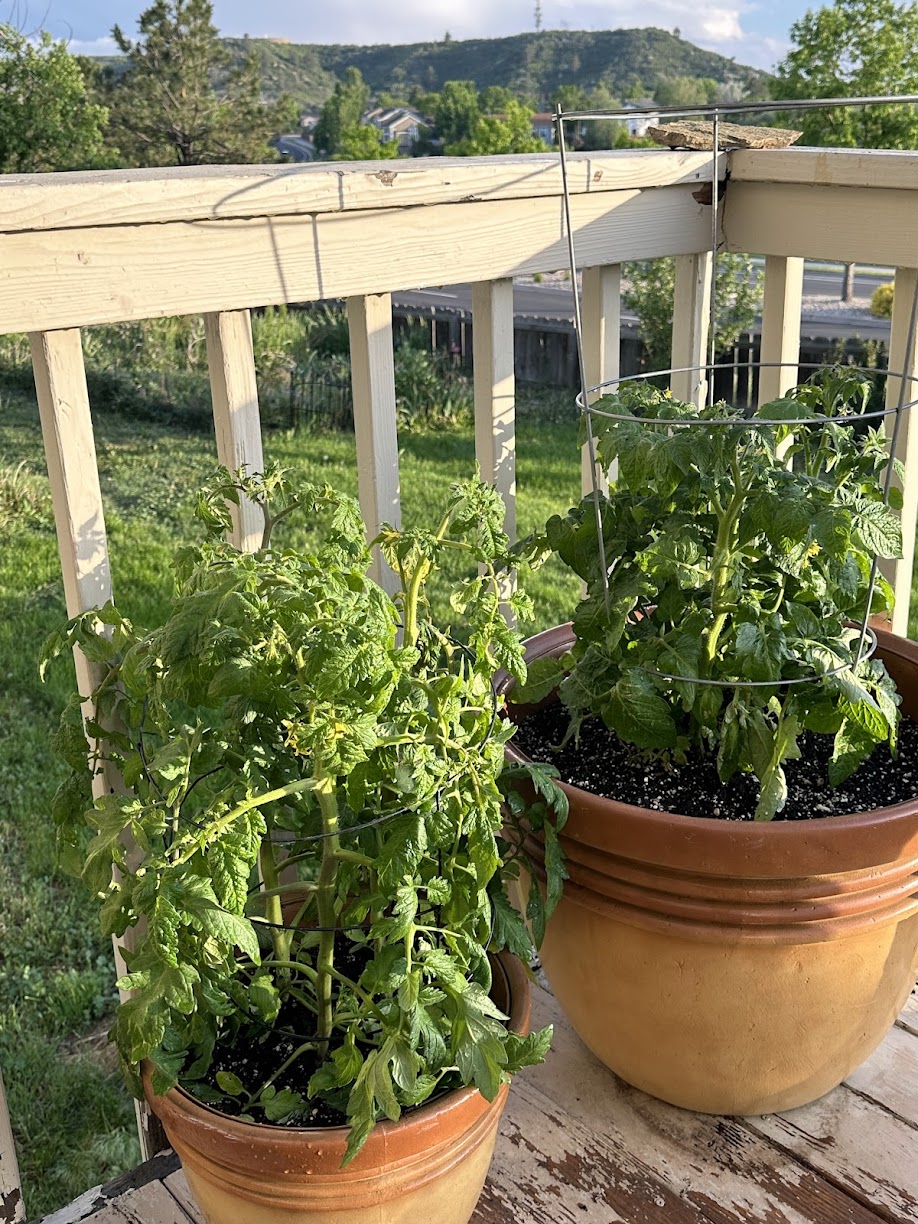SPRING PLANTINGS…
As the spring thaw approaches, it is time to consider direct seeding cool-weather crops. Crops like peas, carrots, lettuce, kale and spinach can be sown before the last frost date. These crops should be sowed early, especially in regions with short, hot springs and scorching summer temperatures.
Our gardener friend from the office, uses 5 layers of newspaper between each row, covered with straw, watering every other day for 15 minutes, but she also has a deer and rabbit fence around the whole garden, which have been a problem for us, as well as voles. We tried a lot of rare seeds, which didn’t produce great results. Our farmer friend uses seeds from Murdoch’s.
You can plant corn, peas, radishes and onions in April, but the rest I wait until late May just because of frost. Some people plant things earlier, but they take a big chance on getting it frosted. Corn and peas are pretty hardy. Radishes, onions and carrots are below ground, but they can all wait until May if you want. I plant short rows of radishes and lettuce at different times (a couple of weeks apart) so they don’t all ripen at the same time. Beans, tomatoes, squash, egg plant, etc. are not that hardy and need to wait until late May.
Peas — How can a crop that is so rugged and cold hardy taste so sweet and delicate? One of the most cold hardy seeds, peas can be sown as soon as the soil can be worked in late winter or early spring.
Carrots — Carrots are one of the most rewarding crops, nothing is more satisfying than pulling those long crisp roots from the soil! Carrots can be sown around 3 weeks before last expected frost and every 2 weeks after that. Remember that carrots that mature during the heat of summer will have a more bitter taste, so the earlier, the better!
Lettuce — Lettuce is a very easy-to-grow beginner’s crop. It is very hardy and adaptable with one big condition: lettuce hates heat! For spring planting, sow seeds 2-4 weeks before the last frost. You can seed densely for loose-leaf varieties and thin to 4 inches per plant; for heading types, space plants about 8-12 inches apart.
Spinach — Spinach is a leafy green vegetable that grows best in cool weather. True spinach is very cold tolerant, one of the first crops planted at winter’s end. Plant about 4 to 6 weeks before the last frost in the spring. Space plants 12 inches apart; this gives leaves room to reach full size.
Kale — Kale is cold-tolerant, easy to grow and highly nutritious. In the spring, sow seeds 8-10 weeks before last fall frost. This cabbage relative is considered a perfect beginner gardener’s crop; they require very little care to thrive. It can tolerate an impressive amount of cool weather. Set plants out or thin to 12- 18 inches apart.
Be sure to plan your early season crops so you can grow your most nutritious and successful early spring garden!
The “Three Sisters” is a term used in agriculture and indigenous farming practices, particularly in North America. It refers to three main crops that were traditionally grown together by various indigenous peoples, including Native American tribes. These three crops are:
1. **Corn (Maize)**: Corn serves as the “first sister” in this planting technique. It provides a structure for the beans to climb, as they grow vertically. Additionally, corn offers shade to the other crops, helping to retain soil moisture.
2. **Beans**: Beans are the “second sister” in the trio. They are planted near the base of the cornstalks, where they can use the tall corn plants for support as they grow upward. Beans also help replenish the soil with nitrogen, a vital nutrient for plant growth.
3. **Squash**: Squash is the “third sister” in this agricultural system. It is planted along the ground, covering the soil. The broad leaves of squash plants provide shade, which helps to suppress weeds and retain soil moisture. This “living mulch” helps maintain a healthy soil environment for the other crops.
The Three Sisters planting system is a sustainable and mutually beneficial approach to agriculture. These three crops work together to support each other’s growth and yield while promoting soil health. It has been used for centuries by indigenous cultures and continues to be a valuable method for sustainable farming.
Favorite seed catalogs:
Purely Medicinal – For Native American plants and tobacco
Baker Creek Heirloom Seeds for Navajo squash and corn
3390091 Mountain Pima Tomatillo
3402591 Cherokee Purple Heart Tomato
3370321 Hopi Pale Gray Winter Squash
1000721 Mohawk Tobacco
1000681 Wild, Rustica Tobacco
And from Tammy, here is a good article on building up soil in your beds.
https://www.tenthacrefarm.com/transitioning-to-a-no-till-garden/
I hope that our daughter will read these two books, as many of the ways are becoming lost on this generation, if they haven’t been lost already. I loved these books, which you can order online from retailers such as Amazon or directly from the author’s site:
The Lost Ways of Herbal Remedies and The Lost Ways
Vole Control
Vole bait stations and poison for voles can be ordered from https://www.solutionsstores.com/protecta-mouse-bait-station
And bait https://www.solutionsstores.com/contrac-blox-rat-mouse-poison-bait
Chaos Gardening
So, what is chaos gardening?
Chaos gardening a method of unplanned seed sowing. It’s basically a way of sowing your seeds without any formal method or planning. Which means, that it’s fast – super fast! – to get the garden prepared and planted! You literally just mix all the seeds together, broadcast them into a prepared garden bed, rake them over, water and wait! Many people do this for chicken gardens, filled with melons, squashes and herbs for chickens to pluck while grazing. We don’t recommend chaos gardening for vegetable gardening for the table, as it becomes impossible to weed or know what you have growing.

